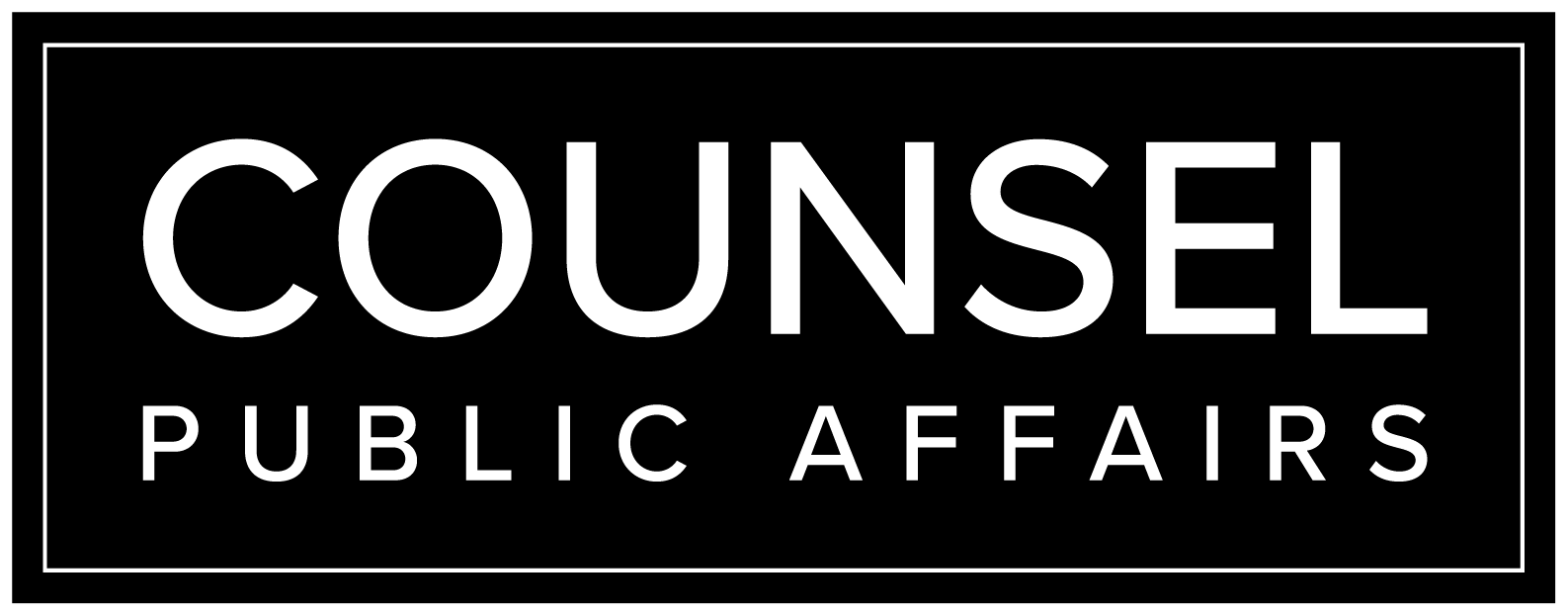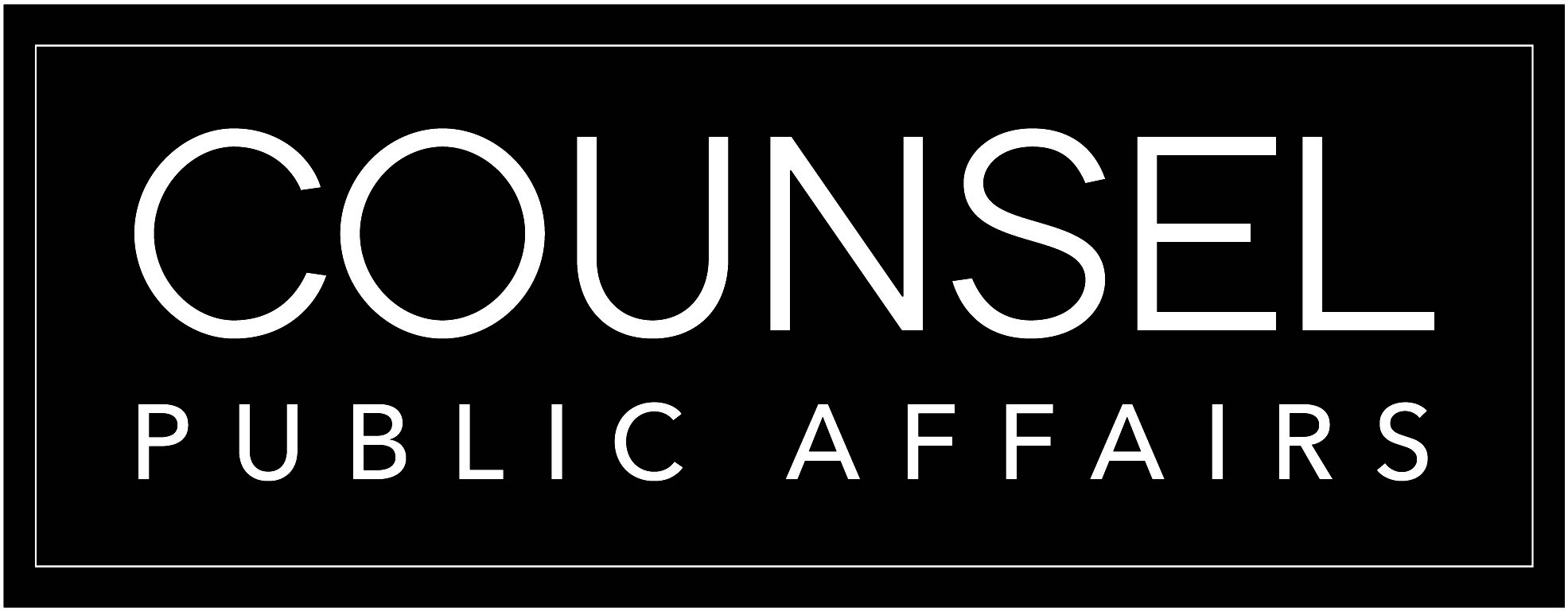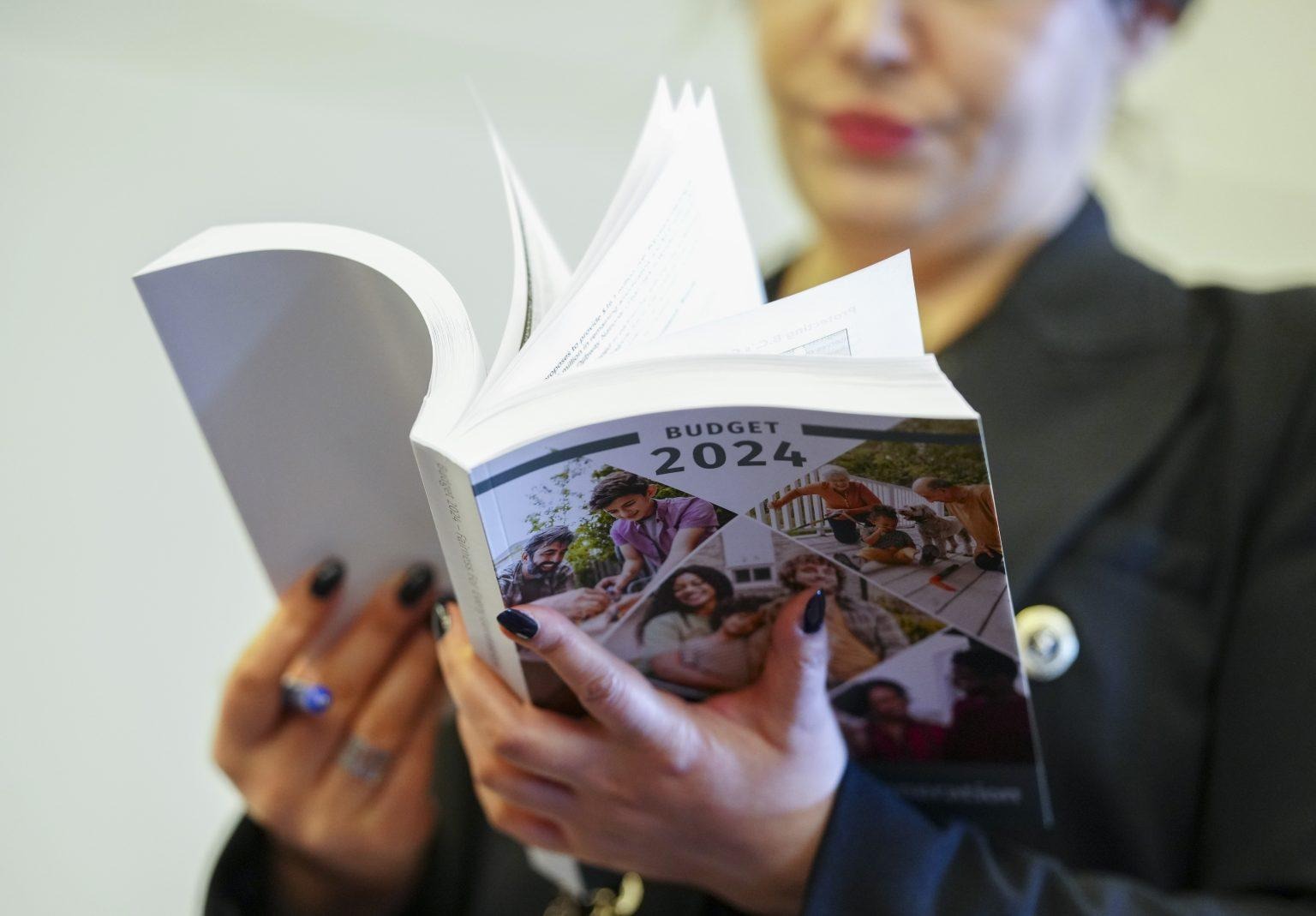Turning Your Policy Idea into a Viable Budget Proposal—A Practical Guide to Effective Budget Advocacy
What goes into a good budget submission?
Before the House of Commons rose for summer recess, the Standing Committee on Finance (FINA) issued their yearly call for pre-budget briefs from stakeholders. The submission deadline is August 1, 2025.
If you are thinking about advancing a proposal for this fall’s Budget 2025, the FINA pre-budget consultation is the starting gun on the new government’s first budget cycle.
Uniquely, this is the second pre-budget consultation in advance of the 2025 budget. The FINA committee conducted an analogous process in the summer and fall of 2024, receiving 828 submissions from stakeholders. However, the political events of early 2025 – the prorogation of Parliament, Prime Minister Trudeau’s resignation, and the dissolution of Parliament – interfered with the usual budget making process and timelines.
Sometimes, the hardest part of budget advocacy is knowing what to ask for. Getting your internal stakeholders to winnow down their list of priorities can be a daunting task (especially in the middle of summer).
Here are some things to keep in mind when developing a pre-budget consultation submission:
Clearly define the problem or market failure that you are trying to address
To warrant inclusion in the federal budget, you need to clearly define a problem and demonstrate its urgency. What problem are you trying to solve? Why is this occurring? Is this a problem that would better be dealt with by another order of government or the private sector? Why does this need to be dealt with now?
For an effective advocacy campaign, you need to be able to demonstrate that this problem impacts many Canadians and should be prioritized over the thousands of other submissions. If you can’t do this, you are going to have a difficult time convincing policymakers to consider your proposal.
Some examples of good problem statements are:
- Home ownership is unaffordable for 80% of Canadians under the age of 45.
- One in three Canadian kids go to school every morning having not eaten breakfast.
- Remote and northern communities do not have enough resources to fight the increasing frequency of wildfires.
You can follow up these problem statements with a discussion of consequences, urgency, and why it is a collective concern for the entire country. For example:
- One in three Canadian kids go to school every morning having not eaten breakfast. Childhood hunger has been demonstrated to have lifelong impacts on the academic attainment, socialization and productivity of those kids when they become adults. Since the beginning of the pandemic, the number of kids going hungry each morning has increased by 35% nationally.
Paint a picture of the desired outcome
Now that you have established the problem, what is the end state that you are working toward?
Consider this carefully. Are you trying to solve a problem, or simply mitigate it? Are you arguing for more resources to be directed toward an uncertain outcome, or can you clearly articulate what you are trying to accomplish? An example of a clear desired outcome would be:
- Every Canadian family earning the median household income can afford a two-bedroom home in their community by 2028.
Clearly defining the outcome will help you better engineer a more precise solution.
Propose specific solutions
Too often, people approach government to highlight a problem or desired solution without a suggestion on how to deal with it. The problems facing Canada are generally well-understood, while the solutions to those problems are more obscure.
A concise, financially and politically realistic policy proposal has a much better chance of being considered than a vague invitation for the government to solve your problem.
Include information such as, who would administer the policy, what it would cost, the desired timeframe and the preferred policy mechanism. An example would be:
- Amend the Income Tax Act, Sec 122.91(2)(B)(A) and replace “$250” with “$1000”. This change would grant eligible students an additional $750 dollars a year and would incentivize an estimated 50,000 students to upgrade their skilled trades certification. While this policy would result in an additional $25,000,000 worth of tax credits issued each year, it would boost the incomes of the credit recipients by an average of $12,000/year, leading to $57,000,000/year in new tax revenue returned to the treasury.
Propose the right policy mechanism
Traditionally, a budget document is full of spending priorities – and that hasn’t changed. However, the budget has also become a governing agenda, signalling not only what to fund and cut, but a litany of “non-budgetary measures,” announcing consultations, legislative changes and thematic signalling for future initiatives. The federal government has a variety of policy tools available to them, and you should consider which one is most appropriate to facilitate your desired outcome. They include, but are not limited to:
-
Convening
The Government of Canada can bring together experts, outside stakeholders and other levels of government to meet and move toward a common goal. This could come in the form of a roundtable, public consultation or a Federal, Provincial and Territorial meeting on a particular subject.
-
Consultative process
Launching a formal consultation process in the pursuit of a set of policy recommendations.
-
A national or industrial strategy
A process commitment to develop a suite of policy tools in pursuit of a complex goal.
-
Moral suasion/bully pulpit
Using government communications or advertising to persuade people or organizations to behave a certain way.
-
Granting programs
The creation, modification or re-capitalization of a program that accepts applications and distributes funds to produce a preferred policy outcome.
-
Financing Facility
Creation of a program that extends loans to eligible entities to finance prescribed projects or activities.
-
Inter-governmental transfers
Moving sums of money to other levels of government so that they can fund an initiative.
-
Procurement
The government purchases a good or service directly.
-
Tariff Measure
The government imposes or removes a duty on an imported good.
-
Trade restriction
The importation of a particular type of good is banned or restricted.
-
Tax penalties
Using taxation powers to try and dissuade a specific type of activity or behaviour.
-
Tax incentives
Using taxation powers to try and incent or de-risk a specific type of activity or behaviour.
-
Orders in Council
Cabinet exercising their legal authority through existing legislative or constitutional powers.
-
Issuance of guidance
Under existing legal authorities, cabinet instructs departmental officials to interpret a rule in a certain way or to prioritize or deprioritize something.
-
Legislative
The government can pass a bill or amend an existing piece of legislation that creates new laws or policies.
-
Regulatory
The government creates, or amends regulations enabled by legislation that prohibit or require certain activities.
-
Creation or enhancement of rights
Codifying a new “right” for citizens or legal entities through legislation.
Consider the moment
Every budget has a theme, and every issue experiences the ebb and flow of political relevance. Four years ago, biomanufacturing and pandemic response were the urgent policy objectives. Three years ago, the transformation to a net zero economy dominated the agenda. Last year had a strong focus on the housing crisis and affordability. And now, everything is being viewed through the lens of trade, tariffs, and economic sovereignty.
Perfectly aligning your proposal with those major themes each year is not always possible, but it is a useful exercise when thinking about how to frame your ask. Some useful resources to consider include:
- Government wide mandate letter
- Main and Supplementary Estimates from each department
- Reports and Publications from each department
- Previously Awarded Grants and Contributions
- Studies from the Office of the Parliamentary Budget Officer
Apply the political lens
Budget 2025 will be the first budget of Mark Carney’s government and the first fiscal update since December 2024. Both the political and economic landscape have changed since FINA last conducted a pre-budget consultation. Mark Carney successfully pitched the electorate on renewed fiscal responsibility and a new way of accounting for federal expenditures (tabulating capital investments and operational spending separately). Nonetheless, the Carney Liberals have kicked off their new mandate with a significant defence spending announcement that will have to be balanced against other ambitious platform pledges and pressing needs.
In addition to thinking about the economic and practical dimensions of your proposal, you must consider the politics of what you are proposing. To whom does this proposal appeal to? Will it be popular with voters, or risk turning them off? Is this something a political party would want to put in the window, or quietly implement as a matter of housekeeping? Could this policy be used as a cudgel between political rivals, or will it be used as a shield to deflect criticism? You may be uncomfortable thinking about the political dimensions of your proposal, but in a democracy, public opinion matters.
Build the parade
Now that you have a great budget proposal, you may want to find other organizations to co-sign or produce a letter of support. Consider the political relevance and credibility of your co-signers. An organization that represents thousands of people is a better co-signer than a small one. An organization that is known for their policy expertise in a relevant field is better than one that no one has heard of before.
However, beware of any digital advocacy strategy that amounts to a “spam campaign,” either through templated letters or form emails. What might have worked out of sheer novelty five years ago has aged quickly – and not well. A more constructive approach highlights the political capital behind an issue or cause.
Having a diverse set of institutional stakeholders back your proposal can be an effective way to communicate political credibility.
Next steps
Now, the real work begins. Counsel has you covered. Email us to arrange a time to meet.


